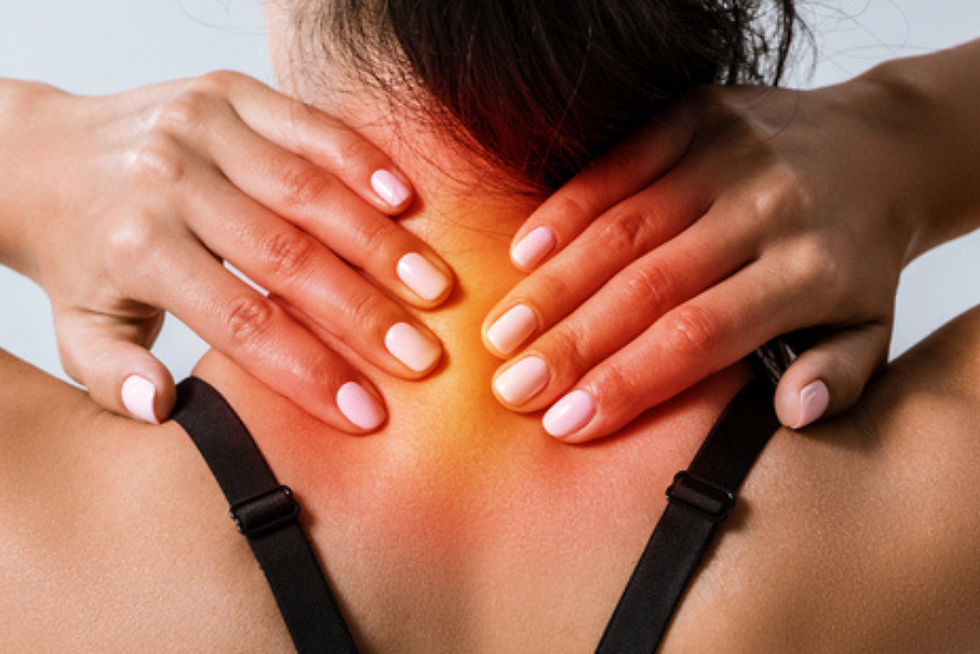3 Common Causes of Shoulder Pain and How to Treat It
- darcy065
- Oct 27, 2023
- 3 min read

Both highly active and very sedentary people can experience shoulder pain. Whether due to a trauma or a chronic injury, your body deserves to find balance and comfort safely.
Before adhering to a shoulder pain treatment plan, you need to determine the precise cause of your symptoms. Because of the relationships within the body’s structures and systems, when one area is injured, pain can develop in other areas.
A comprehensive physical assessment can determine where the dysfunction lies and what the condition is so you can best design a healing strategy.
This article details three of the most common reasons for shoulder pain and how to treat each effectively. Let’s dive in.
Rotator Cuff Injury
The rotator cuff is made of an intricate group of soft tissues that keep your arm in place when you lift it. When injured, moving the arm may be painful, and the shoulder can become stiff. Often, those who suffer from the imbalance experience heightened pain at night and whenever they lift their affected arm.
A rotator cuff injury can lead to a chronic injury if not taken care of.
Reasons you may experience a rotator cuff injury include:
Overuse of the shoulder’s muscles and tendons, often due to regular sport or occupational movements
A traumatic event, such as a slip and fall
A sports-related injury
Regular wear and tear that comes with aging
Shoulder Arthritis
There are different kinds of arthritis that can affect how the shoulder functions. Osteoarthritis occurs due to wear and tear to the joint, causing a breakdown of the cartilage that protects the bones from grinding together. Without the cartilage, bones connect, and pain is generated.
Rheumatoid arthritis, also called inflammatory arthritis, typically involves a corruption of the immune system, leading to inflammation of the shoulder joint and its lining. This dysfunction will wear away cartilage and cause pain and stiffness in the shoulder.
Reasons you may experience shoulder arthritis include:
A traumatic event that left an injury that didn’t heal properly
Overuse of the shoulder joint due to regularly performing sports, athletics, or occupational duties
Aging and regular wear and tear
A chronic imbalance within the shoulder’s soft tissues
Frozen Shoulder
Frozen shoulder usually occurs due to a lack of movement for an extended amount of time. It comes in stages where symptoms get progressively worse before getting better. In some cases, the condition can take years to resolve itself if left untreated.
Normally, frozen shoulder limits motion and flexibility and causes pain due to a thickening of the capsule of tissues that surround the joint. Symptoms of frozen shoulder range in severity.
Reasons you may experience frozen shoulder include:
A trauma that incapacitated regular shoulder movement
A stroke
Wearing a cast for a long period
Living a sedentary lifestyle
Certain conditions such as diabetes
Visit Our Lawrence Chiropractic Clinic to End Shoulder Pain
Our chiropractic team utilizes solutions that not only encourage the body’s natural healing but also provide lifestyle guidance, postural support, proper movement patterns, and more, so you can get and keep your great in-clinic results.
We understand the value of education and want our patients to leave with the tools to care for their bodies now and in the future.
Our chiropractic solutions treat injuries, conditions, and imbalances within the musculoskeletal system (the soft tissues and joints), making our Lawrence sports chiropractors an excellent resource for shoulder pain relief, improved function, and enhanced physical performance.
We’ll find the cause of your shoulder discomfort and design a unique treatment plan for you.
Common chiropractic solutions to help end shoulder pain include:
If you’re ready to get a strong, healthy shoulder and return to your lifestyle pain-free, let’s get you scheduled today.
.png)




Comments